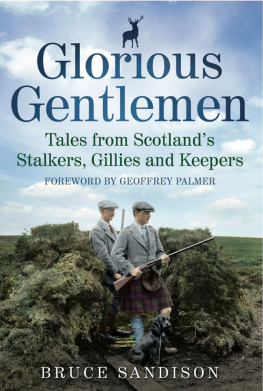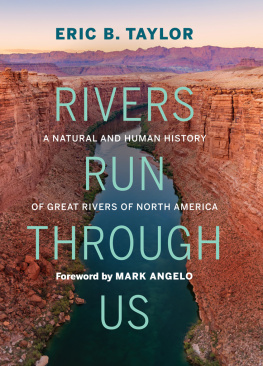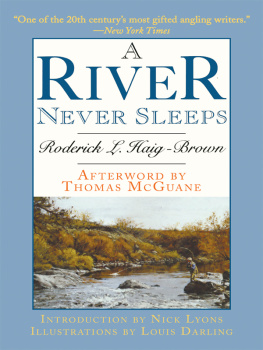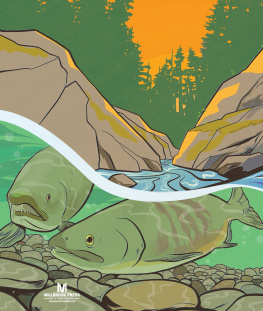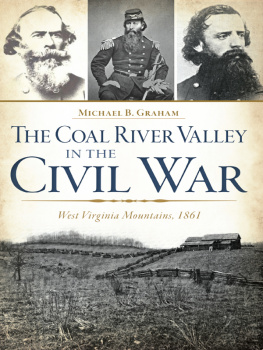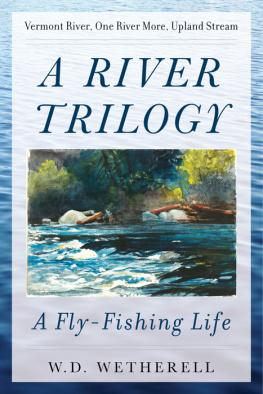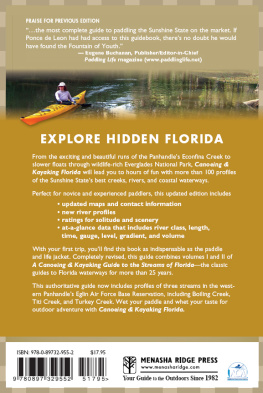
For Ann
For there is good news yet to hear and fine things to be seen, Before we go to paradise by way of Kensal Green.
Contents
Foreword
by Geoffrey Palmer
I started fishing in what can only charitably be called my later middle years. I have few regrets, but one is that during the previous fifty years, when all I seemed to do was grow older trying to earn a crust, get married and have a family, was, of course, that I could also have been fishing.
Like most converts to a new cause, I have become an enthusiastic angler and in recent years have enjoyed some lovely fishing on the English chalk streams and a bit in New Zealand and Montana. But now much of my fishing is done in Scotland, where I spend most of my days chasing salmon.
My introduction to salmon fishing was at Tillmouth, on the Lower Tweed under the expert guidance of the then head gillie, Michael Chapman. For a novice coming face to face for the first time with Michael and his team who looked like a bunch of out-of-work pirates, it was just a touch intimidating. But Michael was wonderful, the most skilled of boatmen, delightful company and a tolerant and gentle advisor.
Since then I have been fortunate enough to fish a number of top Tweed beats which might explain to the curious why I am still working at my ripe old age and the prolific Helmsdale River and the Lower Oykel, which is my favourite salmon stream.
One of the delights of this book is meeting again on its pages some of the many gillies and boatmen with whom I have spent so many happy hours in the past. Men in the mould of Michael Chapman, like Billy Jack on Junction Pool and Colin Pringle at Makerstoun, without whose skills and patience my daughter would never have caught that first salmon on Upper Floors, and Steven Mackenzie, and wisest and most glorious gentleman of them all, George Ross on the Oykel.
Bruce Sandison has put together a fascinating mix of history, amusing stories, opinions and memories. But what is most refreshing is that neither he nor his subjects fight shy of speaking their minds. It is interesting to read what some of the men charged with ensuring that we return to the river the salmon that we catch actually think of the catch and release policy.
As an actor, I have always thought that the most diverse group of individuals you could ever come across were stage door keepers, but later experience has introduced me to an even more diverse, though thankfully less weird group, our gillies the long-suffering men who, on a Monday morning after weeks of low water conditions and east winds, will still greet us with a smile and at least an outward show of optimism. These are the men who spend a lot of their days thinking, as they watch us cast, My God, is that the best he can do?
According to Atty MacDonald, a renowned Lower Oykel gillie, a gillies most important attribute is the ability to be able to yawn with his mouth shut. This is a warm, humorous, nostalgic and informative book that lets us into the thoughts and lives of those men who guide our fishing and are our daily companions.
Geoffrey Palmer
July 2012
This book has taken about three years to write. It would have taken a lot longer without the help of Hazel Buckley of Chartered Accountants and James Paterson Reid in Kelso. James Paterson, an expert angler and Sandison family friend for more that twenty-five years, kindly volunteered to provide hard-copy transcripts of my recorded interviews with the stalkers, keepers and gillies, and Hazel Buckley tackled the work on my behalf. This involved Hazel listening in to and deciphering the recordings I had made and then typing out what must have amounted to some 300,000 words. As such, this book is as much Hazels and Jamess as it is mine, and I would like to record here my heartfelt thanks to them both for such unprecedented support.
I published a similar work in the 1980s, The Sporting Gentlemans Gentlemen , and I wanted to see what, if anything, had changed during the intervening years. In the course of doing so I soon found that, although most of the men that I had spoken to in the 1980s had gone off to stalk, fish and shoot in another place, they are still fondly remembered by their successors, the men I spoke to on my recent travels round Scotland. Many started their working careers under the guidance and tutelage of my departed friends wonderful characters like Frank Binnie at Tweedmill and Jimmy Wallace across the river at Tillmouth; Willie Drysdale at Hopetoun and Colin Leslie on the Tay; David MacDonald and Tom MacPhearson at Invercauld on Deeside; and Walter Maxwell and Andrew Hunter at Thornhill.
I think the greatest difference I noticed was that those who hold these positions today are in some ways more professional in their approach than their predecessors were, in as much as they will not tolerate some of the abuses and antics that the men I spoke to in the 1980s had to put up with. Essentially, however, they are just as committed to the rivers, moors and lochs in their care as the previous generations of the stalkers, keepers and gillies were in times past. But the nature of our sport and those who enjoy it has changed, and mightily. I dont think that it would be entirely unfair to suggest that in the past stalking, shooting and fishing on Scottish estates was very much the preserve of the so-called upper echelons of society, whereas today it is universally enjoyed by a much wider range of people; basically, I suppose, if you can pay, then you are welcome.
Thus, the pressure on field sport activities has increased in recent years. This has caused some estates to take a short-term view of management practices for financial reasons, rather than pursuing longer-term objectives of sustainability to preserve the wildlife on their lands. As that great Scottish poet Norman MacCaig once put it in A Man in Assynt, Who owns this landscape? The millionaire who bought it, or the poacher staggering downhill in the early morning with a deer on his back? And certainly, it is true to say that more and more of Scotlands landscape is being taken into the hands of millionaires, many of whom hail from overseas. I dont have a problem with this; after all, they cant pack it up and take it away with them, can they? And, at least as far as I am concerned, regardless of who owns it, the land remains the common heritage of the Scottish people.
I found that this view was generally shared by those I spoke to, but many expressed concerns about the damage being caused to salmonid populations by the industrial-scale fish farms and indiscriminating, interceptory netting at sea and in our coastal waters, as well as the alleged over-zealous culling of deer, approved and sanctioned by Scottish Natural Heritage. But one thing hasnt change and I dont think that it ever will change: their knowledge of the lands they manage and their kindness, courtesy and patience with those of us who come to them seeking guidance and assistance, and of course, their wonderful, matchless sense of humour. I would like to thank them all for sharing with me the stories and tales of their lives and times. In doing so they have made this book a celebration of more than one hundred years of stalking, shooting and fishing in the land I love.
Bruce Sandison
Hysbackie, August 2012
1
Colin Pringle
Makerstoun, Tweed
Colin Pringle is head gillie on the Makerstoun Beat of the River Tweed, the Queen of Scottish Rivers. The Tweed at Makerstoun is considered to be one of the loveliest parts of the river, where it forces its flow between red sandstone cliffs that are bordered by mature woodlands, fertile fields and meadows resplendent with wildflowers.
Next page
